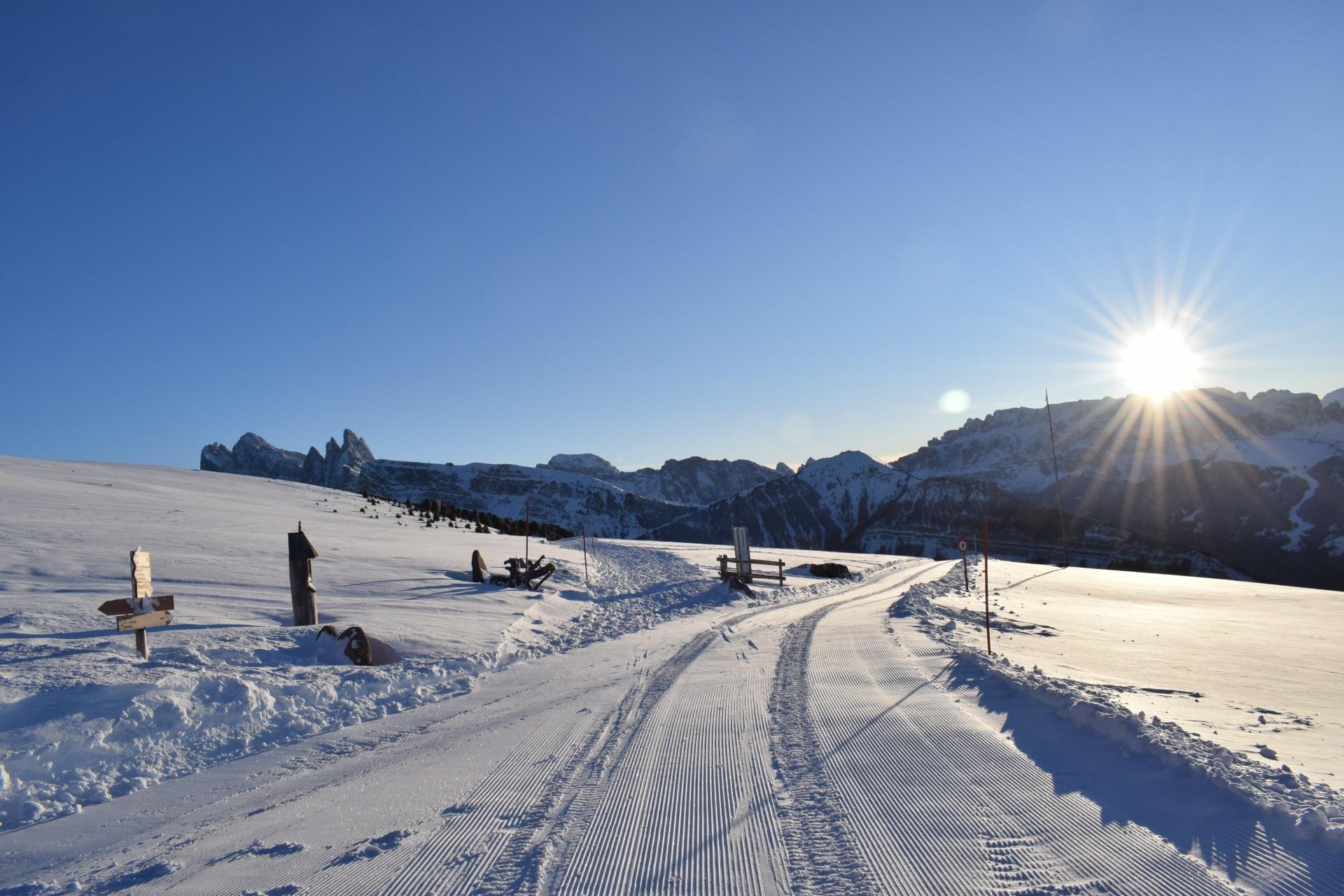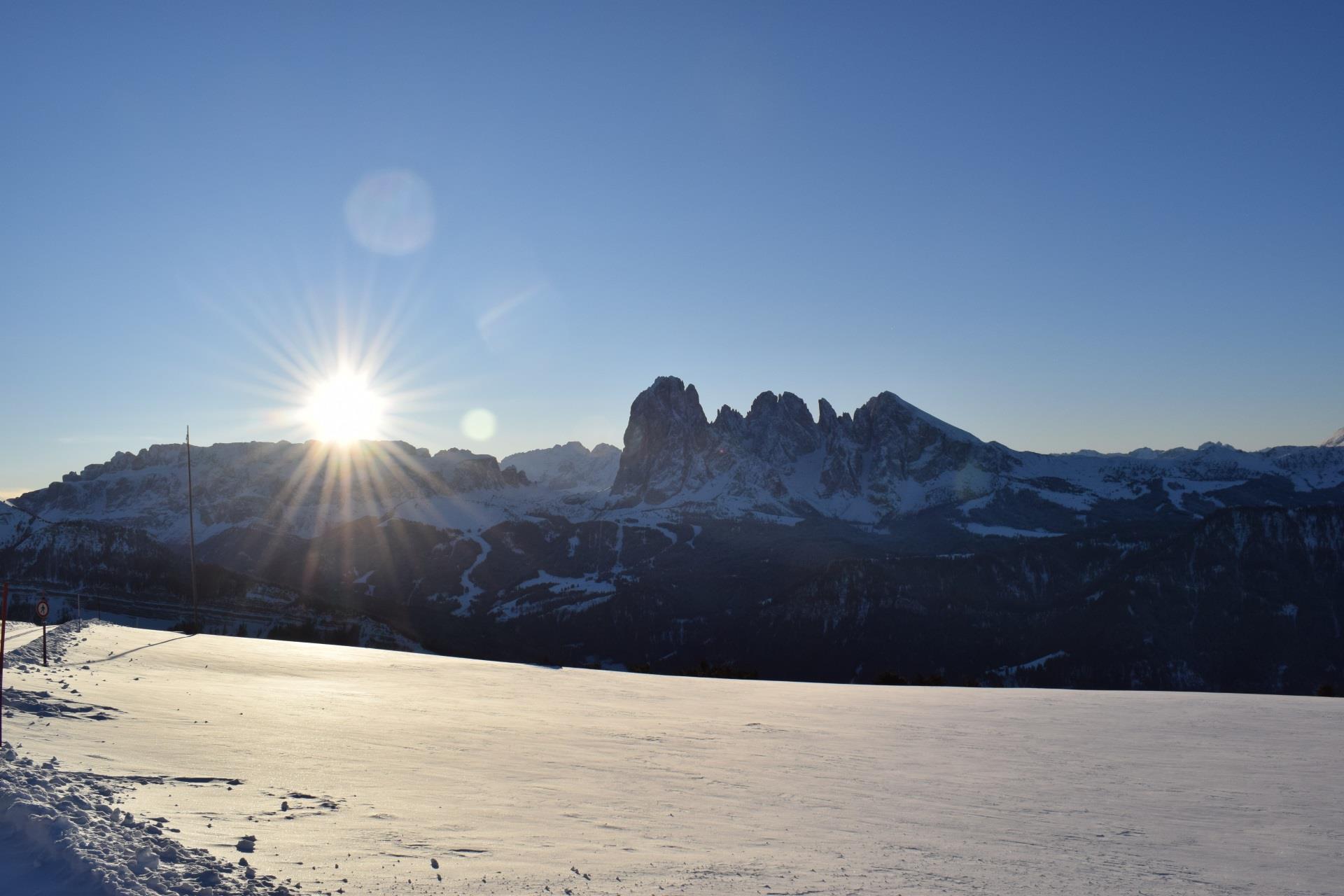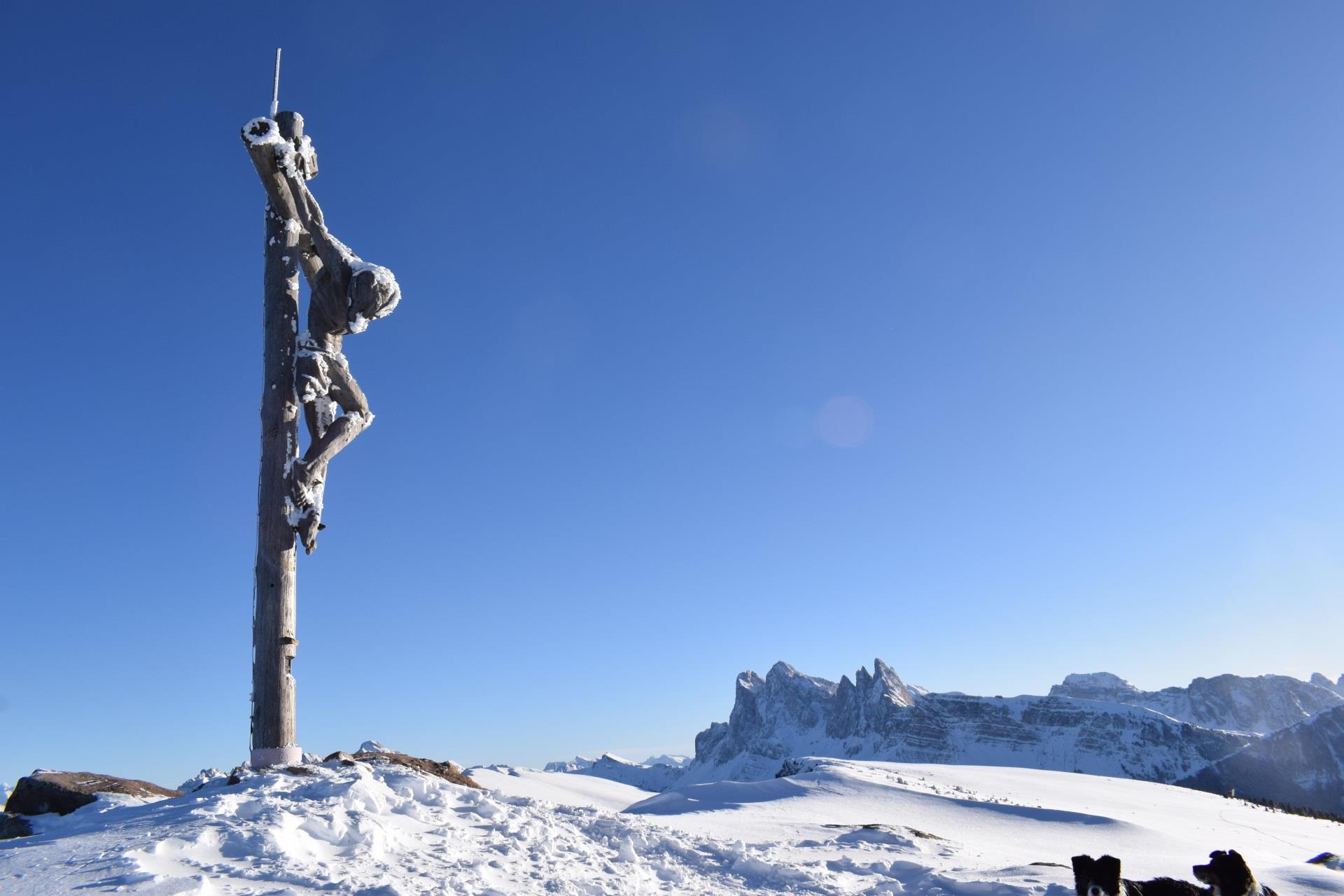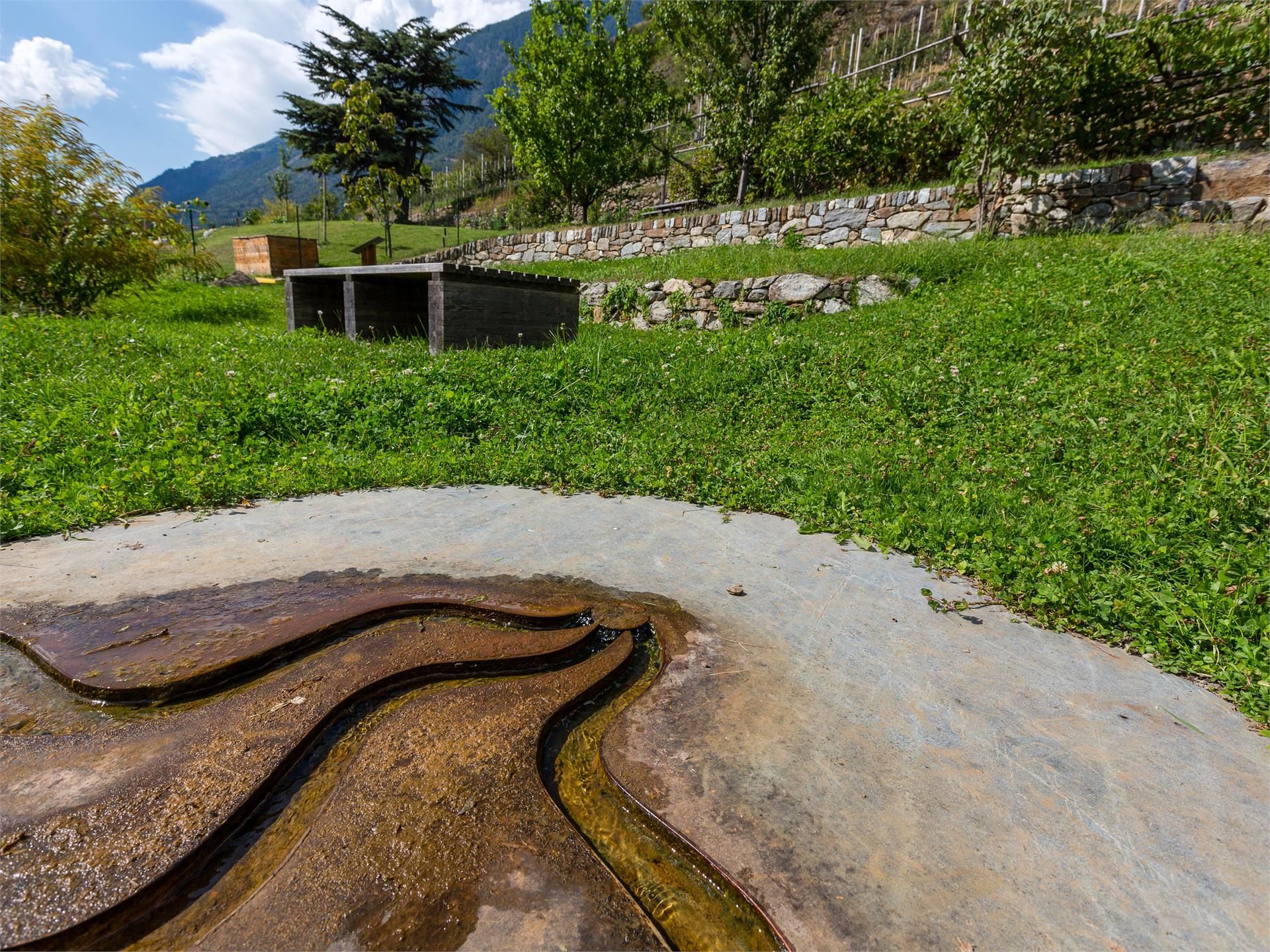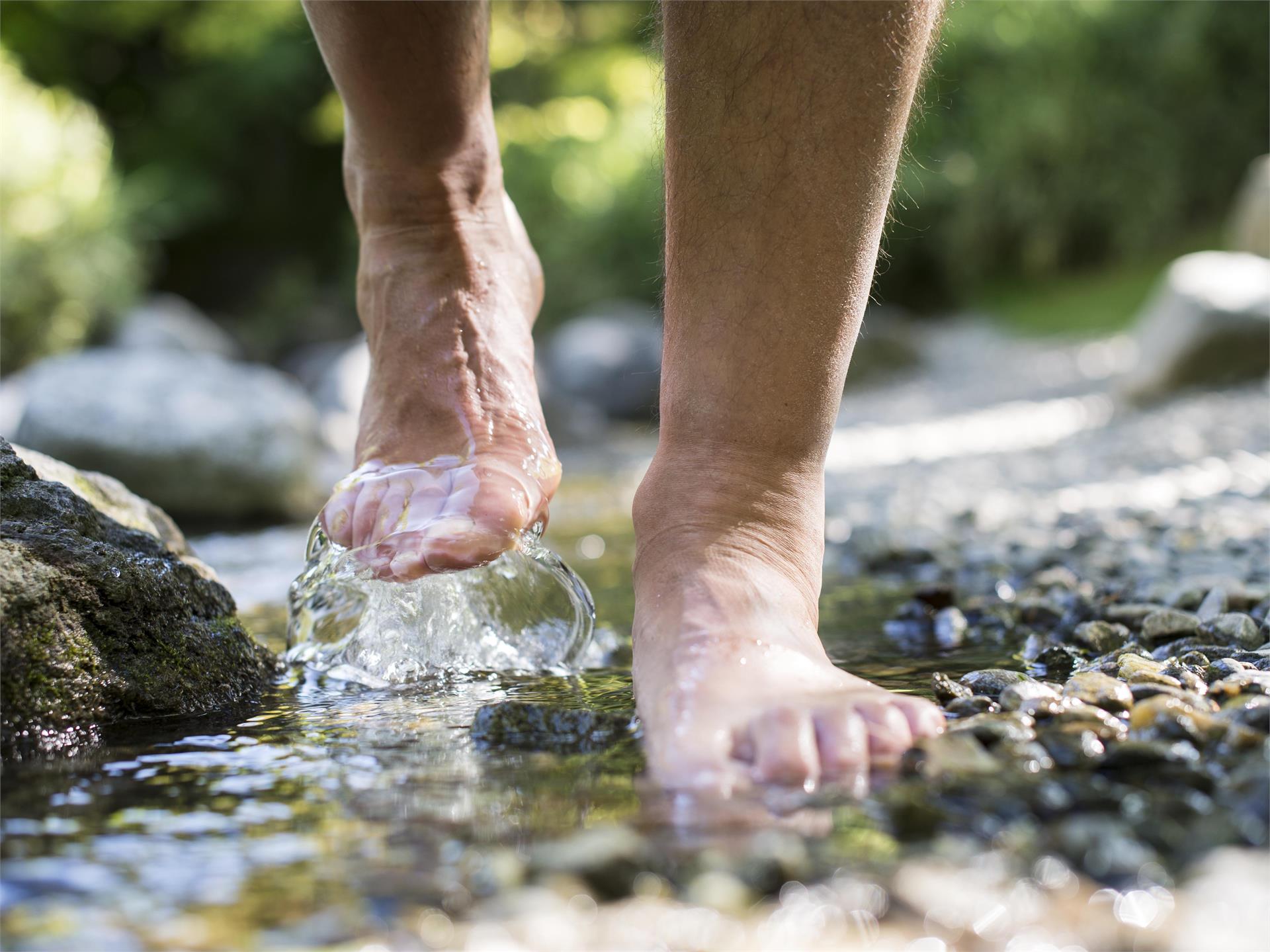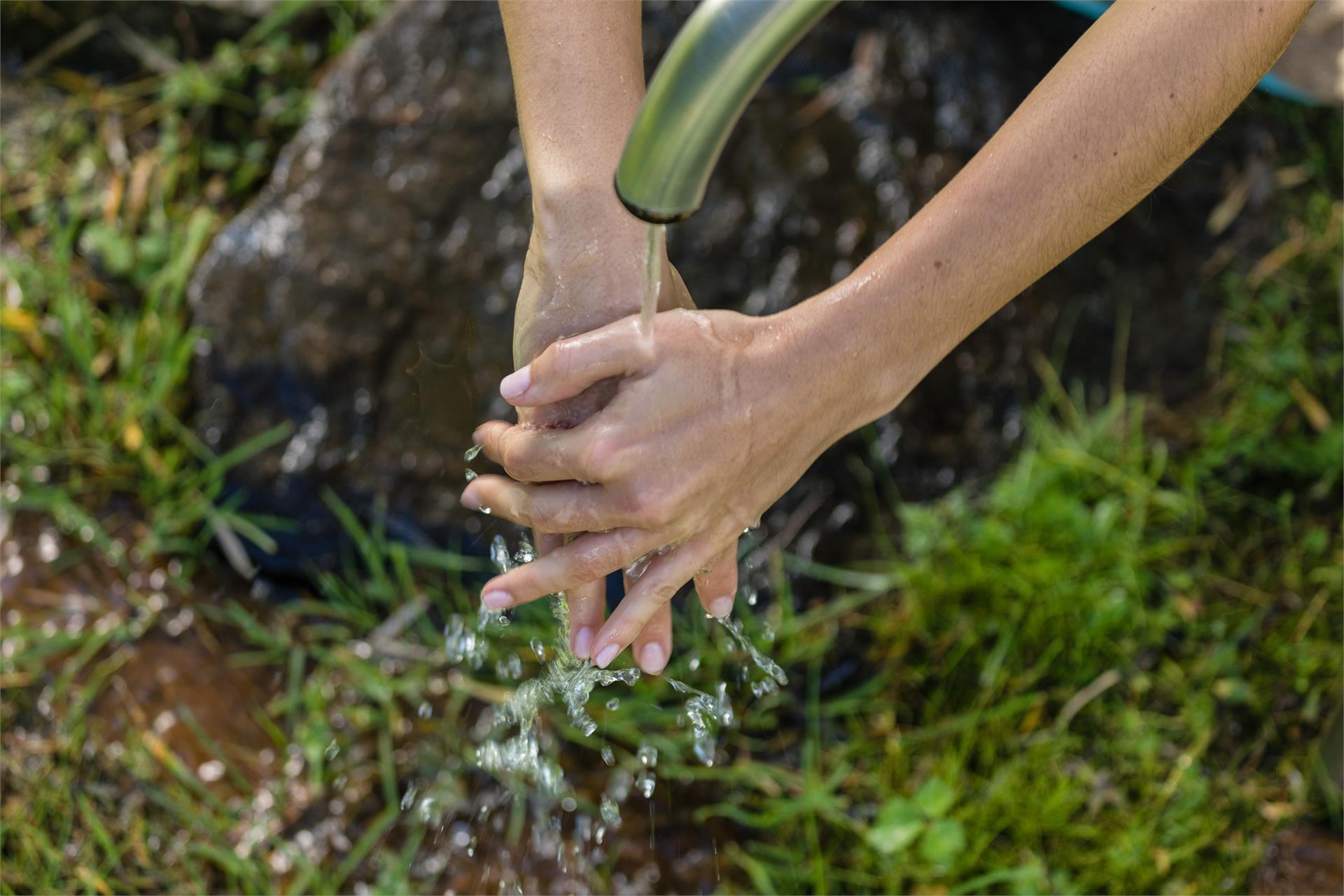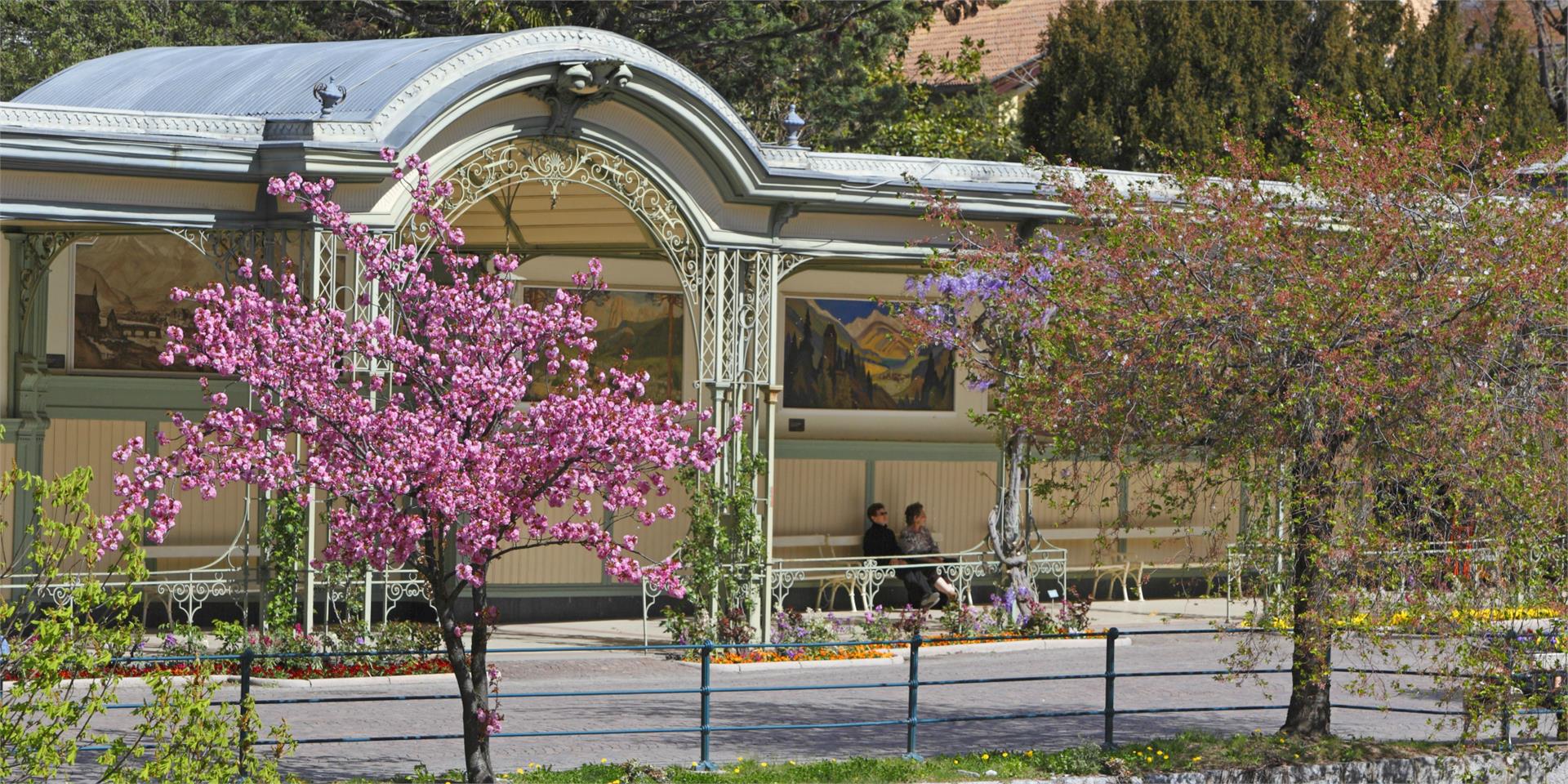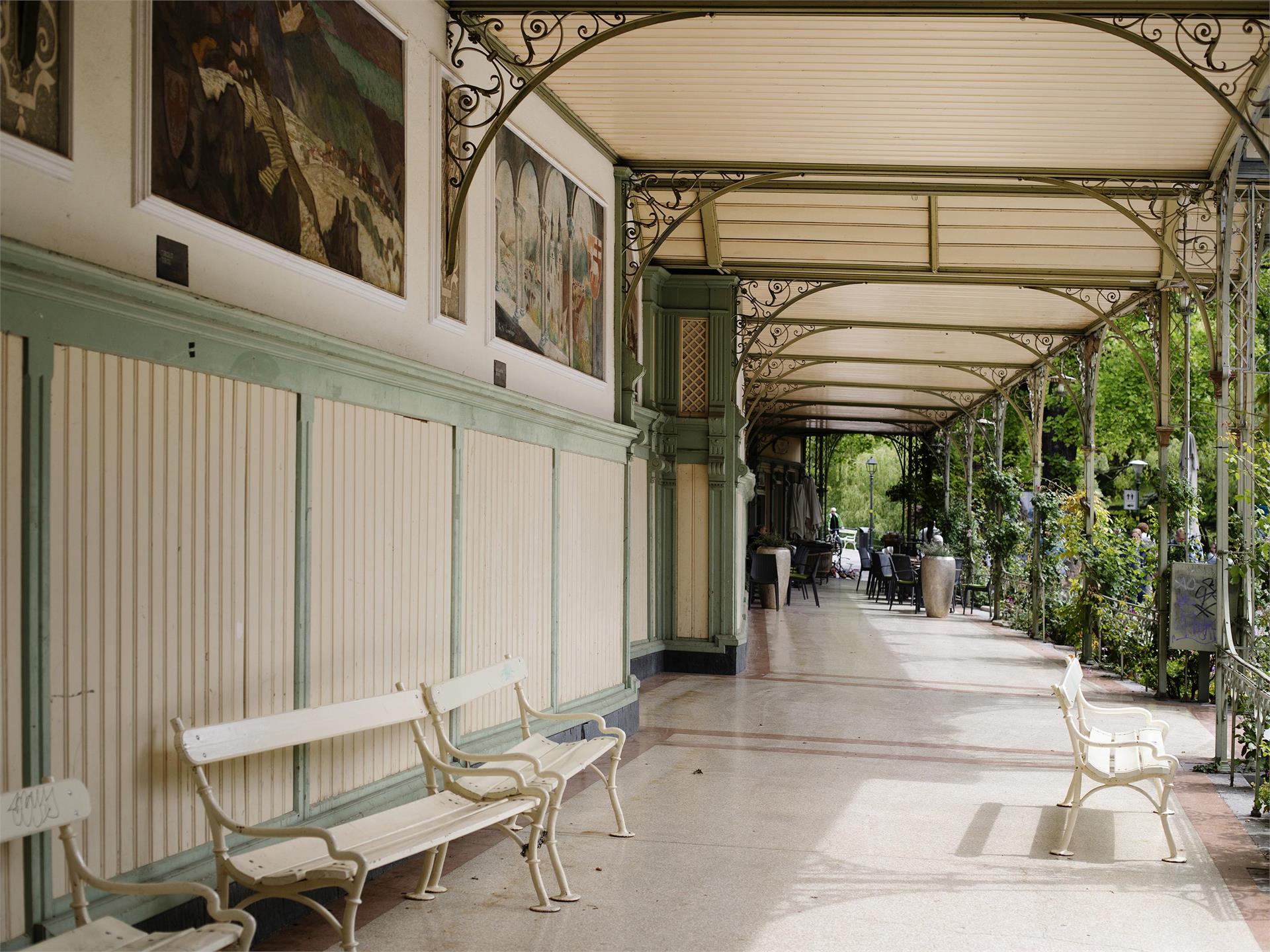On this experience trail you will come across 6 informative stations that have been set up at special energy spots.
Which animals and plants are essential for our bees and where do they find their well-being on certain days and at certain times of the year? The bee in the meadow, the bee at the pond, the bee in the pasture and at the former forest border - special energy places for our indispensable helpers are pointed out.
The focus is not exclusively on the honey bee - visitors also get an insight into the exciting and very different life of the wild bee.
At the beekeeper's house, everyone has the opportunity to take a closer look at the hustle and bustle in a beehive on the display honeycomb.
From mid-May until the end of September, guided walks are also offered here every Tuesday. Our guides will specifically show you the power spots that can be found here in nature. The special characteristics of wild bees and honey bees are compared in detail and also looked at.
Of course, a visit to the wild bee hotel and the beekeeper's house is also part of the experience. To round off the experience, a honey tasting is not to be missed.
Bookings for the guided tour:
+39 0471 619560 or online:
BeeForest







































